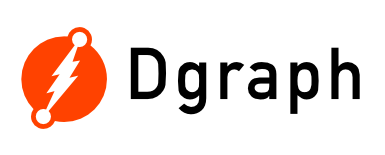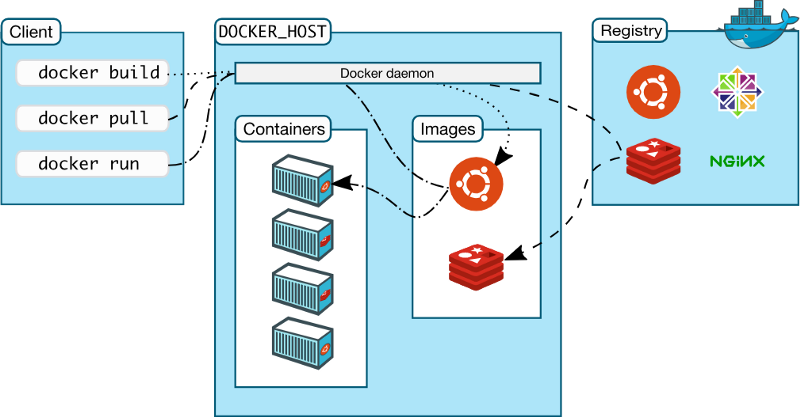
Dgraph is a fast, transactional distributed graph database, written in Go. It’s Open Source too.
If you need a quick introduction to graph databases or if you are wondering whether you need to use one, here’s a good video to get you started.
For even more insight, read “Why Google Needed a Graph Serving System“. There are some interesting examples of problems, solutions, and data discovery. For example:
Cerebro would often reveal very interesting facts that one didn’t originally search for. When you’d run a query like
[us presidents], Cerebro would understand that presidents are humans, and humans have height. Therefore, it would allow you to sort presidents by height and show that Abraham Lincoln is the tallest US president. It would also let people be filtered by nationality. In this case, it showed America and Britain in the list, because US had one British president, namely George Washington. (Disclaimer: Results based on the state of KG at the time; can’t vouch for the correctness of these results.)


